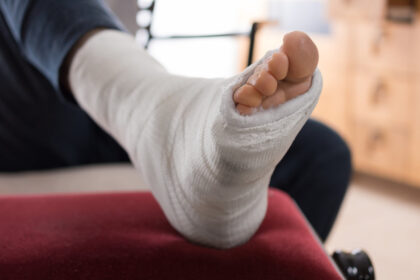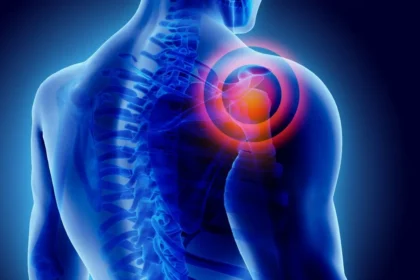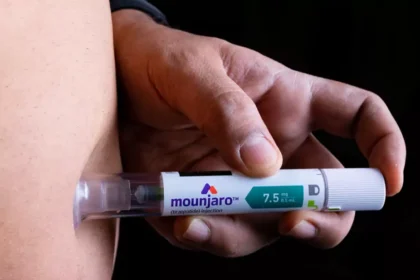Arthritis can affect anyone, often bringing discomfort through joint pain, stiffness, and inflammation. While modern medicine offers multiple treatments, alternative therapies like acupuncture, infrared heat, and cupping therapy are emerging as beneficial solutions for relieving arthritis symptoms. Here’s information on what arthritis is, the challenges it presents, and the diverse resources available to help manage it effectively:
What Is Arthritis?
Arthritis refers to a group of conditions affecting the joints where bones meet, causing pain, inflammation, and stiffness. It is a chronic condition that can make performing daily tasks difficult. Two of the most common types are osteoarthritis, caused by cartilage wear and tear, and rheumatoid arthritis, an autoimmune condition affecting joint tissues. Arthritis impacts millions worldwide, with symptoms ranging in severity from mild discomfort to debilitating pain.
Arthritis often presents the following symptoms, predominantly in the joints:
- Persistent pain
- Stiffness or reduced range of motion
- Swelling or inflammation
- Heat or tenderness near the affected joints
These symptoms can fluctuate, with some individuals experiencing flare-ups while others feel near-constant discomfort. Identifying these signs early is key to implementing effective management strategies.
What Resources Are Available?
The physical impacts of arthritis, like joint degeneration and reduced mobility, are often accompanied by emotional and social challenges. Individuals may struggle to perform tasks they once enjoyed or require assistance with daily activities. This loss of independence can affect mental health, underscoring the need for a holistic and supportive approach to treatment. A variety of treatments are available to help alleviate arthritis symptoms and improve overall well-being. Beyond conventional medical interventions like medication or surgery, complementary therapies are worth contemplating, like acupuncture.
Acupuncture
Acupuncture, an ancient Chinese practice, involves inserting fine needles into specific points on the body to restore balance and stimulate the body’s natural healing processes. It can help alleviate arthritis-related joint pain and inflammation. Studies suggest that acupuncture may release endorphins, which act as natural painkillers, and promote blood flow to affected areas. Many arthritis patients report reduced stiffness and improved mobility after sessions.
Acupuncture is most effective when combined with other therapies like:
- Medication Management: Acupuncture can enhance pain relief while potentially reducing reliance on medications, thereby minimizing side effects.
- Physical Therapy: By complementing physical exercises, acupuncture can improve flexibility and reduce discomfort, enabling individuals to move more freely.
- Lifestyle Changes: Pairing acupuncture with stress management techniques like yoga or mindfulness can further optimize its effectiveness for arthritis patients.
Infrared Heat Therapy
Infrared heat therapy delivers deep-penetrating warmth that reaches muscles and joints. This method soothes inflamed tissues, improves circulation, and reduces stiffness. Portable devices like infrared heating pads or saunas make this therapy easily accessible at home. Arthritis sufferers use it as a convenient way to relax and reduce tension after long or active days.
Cupping Therapy
Cupping, another traditional therapy, involves placing heated cups on the skin to create gentle suction. This process increases blood flow and may help relieve joint pain and stiffness over time. While not a cure, it adds value to pain management routines by enhancing circulation and reducing muscle tension in the surrounding area.
Try Acupuncture and Other Treatments
By combining medical guidance with supportive resources like acupuncture, infrared heat, or cupping therapy, you can better manage pain, stiffness, and other symptoms. Take the first step toward pain relief and improved mobility today. Consult your healthcare provider about incorporating these treatments into your arthritis management plan.









